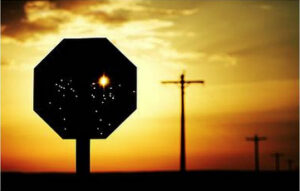What We Need From the House Select Committee
Ed. note: Read through to the end and click the link for a stunning piece you must read.
The House Select Committee has a tough job. They are tasked with getting to the bottom of the traitorous terrorist insurrection that has come to be known simply as January 6. Notable is that this committee is operating in the presence of a well coordinated campaign of denial, obfuscation, fraud and attempts to discredit the committee itself and everything it does, and that’s just from elected members of Congress. In addition are the blabbers, bloggers and blowhards in the hot air media bubble hoping to defeat democracy.
job. They are tasked with getting to the bottom of the traitorous terrorist insurrection that has come to be known simply as January 6. Notable is that this committee is operating in the presence of a well coordinated campaign of denial, obfuscation, fraud and attempts to discredit the committee itself and everything it does, and that’s just from elected members of Congress. In addition are the blabbers, bloggers and blowhards in the hot air media bubble hoping to defeat democracy.
Did you hear the gut wrenching testimony of the four police officers who presented to the committee on the 27th? Their testimony stands as both declaration of their own experience and as a placeholder for the horrific ordeals of so many Capitol and DC Metro Police officers that day. Here’s the thing to bear in mind:
These cops were protecting the Capitol Building and all those within it. As they were being beaten, maimed, tortured, race-hated and killed, there were insurrectionists proudly and hypocritically parading both inside and outside the Capitol Building with Blue Lives Matter flags.
That, of course, pairs perfectly with the hypocrites who carried various versions of American flags as they broke American laws, disrupted the proceedings of The Congress of the United States and attempted to kill Nancy Pelosi, Mike Pence and any other members of Congress they could get their hands on. These people smeared excrement in the Capitol Building and vandalized whatever they got their hands on. They declared they were the true patriots, as they attempted to destroy democracy, but these people are today’s Nazis.
The Washington Post had this take on questions the House Select Committee should answer:
Top of the list is precisely what then-President Donald Trump did before, during and after the attack. How did he prepare his speech preceding the insurrection, in which he told the crowd to fight? What did he anticipate his audience’s reaction would be? When did he know the pro-Trump mob was threatening the Capitol? Why did he offer only mild statements long after the danger was clear? Did Trump-affiliated rally organizers coordinate with extremist groups?
Investigators should hear from extremist-group leaders at the center of the violence. How did they prepare? What was their goal? The committee should hear also from Justice Department and Capitol Police officials who failed to anticipate the riot. Why did intelligence officials across the government seem unaware of warnings that were all over social media? To what extent did law enforcement discount or ignore warning signs about right-wing extremists because federal and local officers did not want to cross Mr. Trump and other Republicans? Why did the National Guard take so long to arrive?
Rep. Adam Kinzinger (R-IL) sits on the House Select Committee and did so with tears in his eyes listening to the words of the four cops who gave testimony. Here’s what he wants the committee to answer:
“How did this happen? Why? Who spurred this effort? Was it organized? When did our government leaders know of the impending attacks and what were their responses? What level of preparation or warnings did our law enforcement have? Was there coordination between the rioters and any members of Congress, or with staff?
“We need answers and we need accountability, and the only way to get that is a full investigation and understanding of what happened to ensure nothing like this ever happens again. Such an investigation should include a serious look at the misinformation campaigns and their origins, the lies being perpetuated by leaders — including by former President Donald Trump — and what impact such false narratives had on the events leading up to and following Jan. 6. We need to be fearless about understanding the motivations of our fellow Americans, even if it makes us uncomfortable about the truth of who they are and the truth of who played what role in inspiring them.”
There are many people to be held to account; however, people at the top commonly get away with their wrongdoing. Think: Ronald Reagan and his Iran-Contra crimes, even as some of his underlings went to prison; and Richard Nixon and his Watergate cover up, even as his underlings went to prison. The underlings must be held to account, to be sure, and it’s imperative that we hold accountable everyone at the top, too. If we fail to do that we will be inviting the next insurrection fueled by lies and an atmosphere of impunity.
Here’s what Liz Cheney (R-WY) had to say to start the committee’s work:
“Until January 6th, we were proof positive for the world that a nation conceived in liberty could long endure. But now, January 6th threatens our most sacred legacy. The question for every one of us who serves in Congress, for every elected official across this great nation, indeed, for every American is this: Will we adhere to the rule of law? Will we respect the rulings of our courts? Will we preserve the peaceful transition of power? Or will we be so blinded by partisanship that we throw away the miracle of America? Do we hate our political adversaries more than we love our country and revere our Constitution?”
This committee is about identifying whether we will adhere to the rule of law and whether “we hate our political adversaries more than we love our country and revere our Constitution.” That’s why we must have answers to our questions, especially in the face of the maddening, lying opposition to truth and to democracy.
———————–
Notable and Quotable
Rep. Mo Brooks (R-AL) spoke to the mob at the Ellipse shortly before the terrorists headed up Constitution Avenue to ransack the Capitol Building and kill whomever they found there, saying,
“[W]e are not going to let the Socialists rip the heart out of our country. We are not going to let them continue to corrupt our elections, and steal from us our God-given right to control our nation’s destiny.”
“Today Republican Senators and Congressmen will either vote to turn America into a godless, amoral, dictatorial, oppressed, and socialist nation on the decline or they will join us and they will fight and vote against voter fraud and election theft, and vote for keeping America great.”
“[T]oday is the day American patriots start taking down names and kicking ass!” He asked if they were willing to give their lives to preserve “an America that is the greatest nation in world history.”
“Will you fight for America?”
That’s the quotable part. Here’s the notable part.
First & second paragraphs: Absolutely everything he said or implied is false. A lie. All of it. That’s been the through line of Republican speech for decades. They hurl such a flood of fecal matter that it’s next to impossible to refute it. Plus, this is incitement to riot.
Third & fourth paragraphs: This is both an incitement to riot and a direct, blatant call to mob violence. Can’t wait to see the dance Brooks does before the House Select Committee and also when he attempts to defend himself in the lawsuit brought by Rep. Eric Swalwell (D-CA).
What are we to do about such people? In the words of Aaron Sorkin from the movie The American President:
.
It’s time to speak up.
———————–
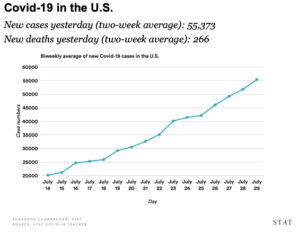
Congratulations to the 55,373 new cases and 266 deaths from Covid on Thursday, nearly all of whom were NOT VACCINATED.
Be sure to watch the walk of the defiantly maskless Congressional representatives who had just been instructed to mask up because of the horrifically increasing number of cases of Delta variant Covid. They were on their way to infect the Senate. Click the pic to the right.
I long held the belief that as people became older they matured and stopped acting like playground brats. I was wrong.
———————–
Late Addition
Attorney Joseph Welch put the first nail into the coffin of Sen. Joseph McCarthy’s reign of cruelty and abuse. Perhaps the siblings of a cruel and dishonest member of Congress can do the same. This is a must read. Many thanks to MZ for the pointer.
————————————
Did someone forward this to you? Welcome! Please subscribe and pass this along to three others, encouraging them to subscribe, too. (IT’S A FREEBIE!) Use the simple form above on the right.
And add your comments below to help us all to be better informed.
Thanks!
The Fine Print:
- Writings quoted or linked from my posts reflect a point I want to make, at least in part. That does not mean that I endorse or agree with everything in such writings, so don’t bug me about it.
- Errors in fact, grammar, spelling and punctuation are all embarrassingly mine. Glad to have your corrections.
- Responsibility for the content of these posts is unequivocally, totally, unavoidably mine.
- Book links to Amazon are provided for reference only. Please purchase your books through your local mom & pop bookstore. Keep them and your town vibrant.
JA
Copyright 2025 by Jack Altschuler
Reproduction and sharing are encouraged, providing proper attribution is given.

 Simone Biles, easily one of the best and perhaps the best of women gymnasts, dropped out of the team competition. She cited a case of the “twisties” and perhaps some other issues that were troubling her. Social media creeps wasted no time in attacking her, calling her a quitter and applying far more horrific labels. She has retained her dignity and has not responded to the ugly. That leaves us with two things.
Simone Biles, easily one of the best and perhaps the best of women gymnasts, dropped out of the team competition. She cited a case of the “twisties” and perhaps some other issues that were troubling her. Social media creeps wasted no time in attacking her, calling her a quitter and applying far more horrific labels. She has retained her dignity and has not responded to the ugly. That leaves us with two things.
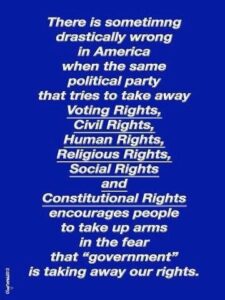
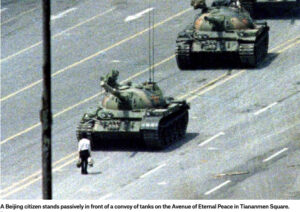
 I’ve
I’ve 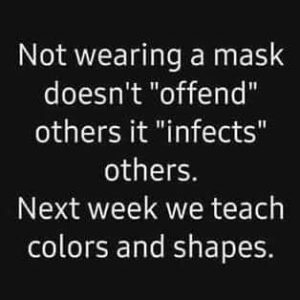
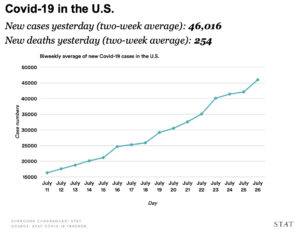

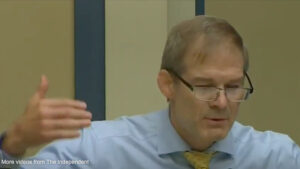
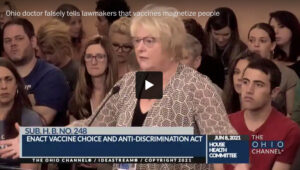
 There is a virus going around that lodges in lungs. It has killed over 626,000 of us, yet people willfully deny its existence. Instead of taking the proven protection against the pandemic, they refuse it, claiming that the disease is a hoax. 99.5% of such people make up our current dead victims list, which is increasing by over 260 per day. There is a price for willful ignorance and sometimes it’s the ultimate price.
There is a virus going around that lodges in lungs. It has killed over 626,000 of us, yet people willfully deny its existence. Instead of taking the proven protection against the pandemic, they refuse it, claiming that the disease is a hoax. 99.5% of such people make up our current dead victims list, which is increasing by over 260 per day. There is a price for willful ignorance and sometimes it’s the ultimate price.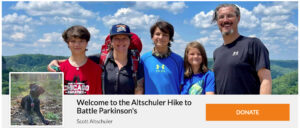
 I reported
I reported 

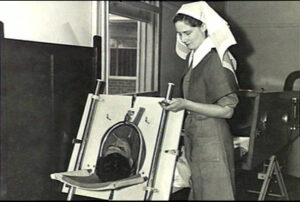
 Don’t be fooled by its apparent shield against discrimination, because it’s anything but that. Scroll down to the extensive list of concepts that it proudly declares are prohibited and read its proscribed penalties for violation of its Big Brother doctrine.
Don’t be fooled by its apparent shield against discrimination, because it’s anything but that. Scroll down to the extensive list of concepts that it proudly declares are prohibited and read its proscribed penalties for violation of its Big Brother doctrine.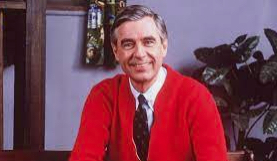
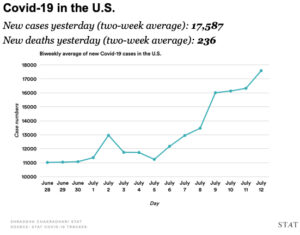
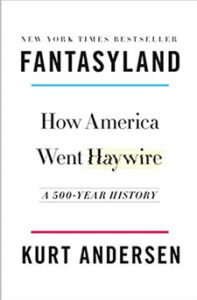

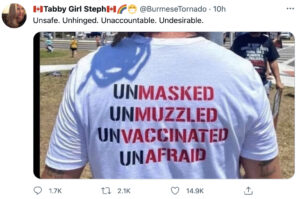
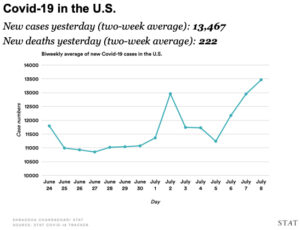

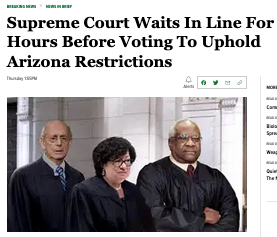
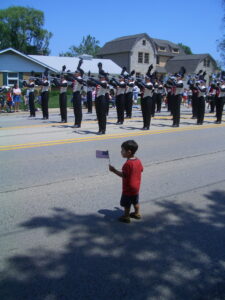 This is just another chapter in the Book of Reality Denial. Like most of the other chapters, you can get to the root of the foolishness by following the directive of Deep Throat: Follow the money.
This is just another chapter in the Book of Reality Denial. Like most of the other chapters, you can get to the root of the foolishness by following the directive of Deep Throat: Follow the money.
